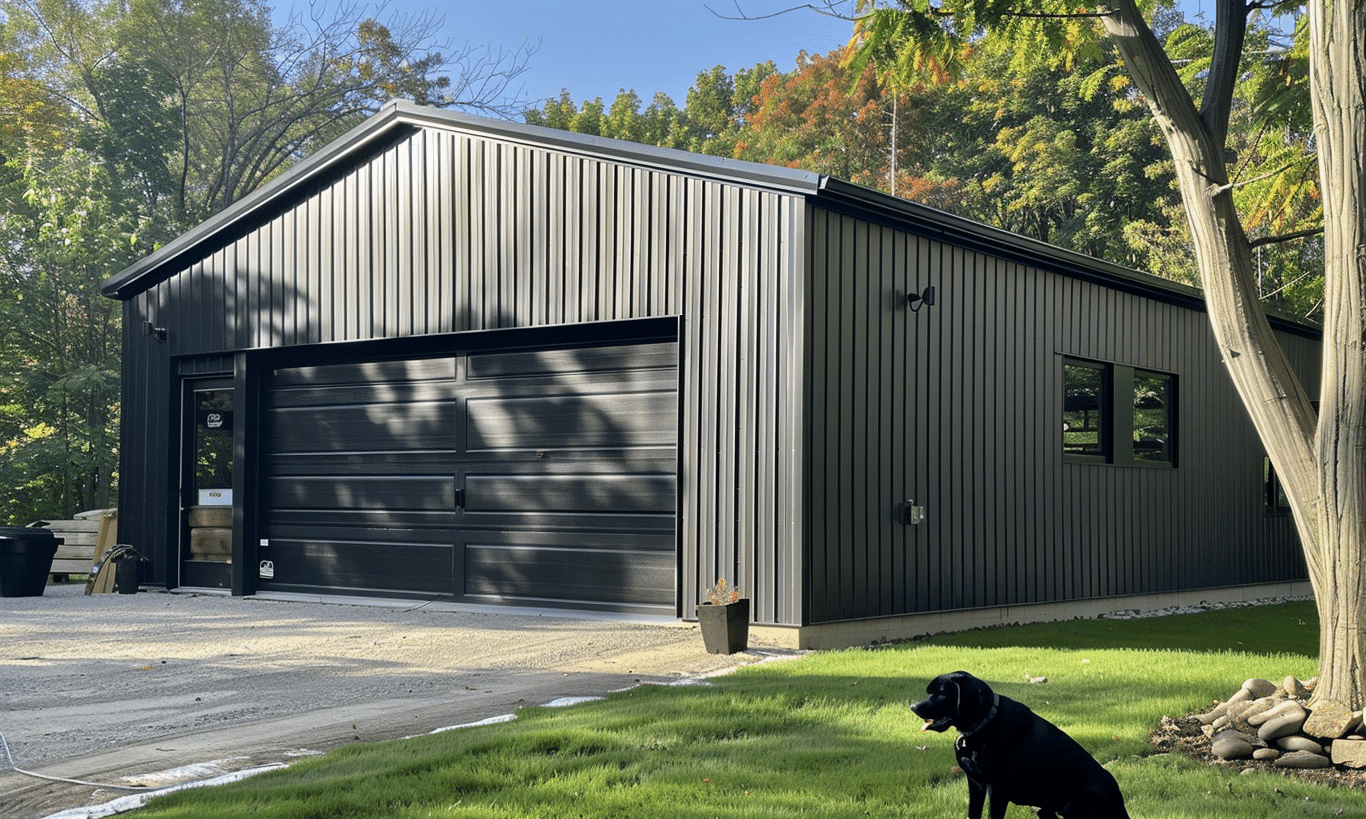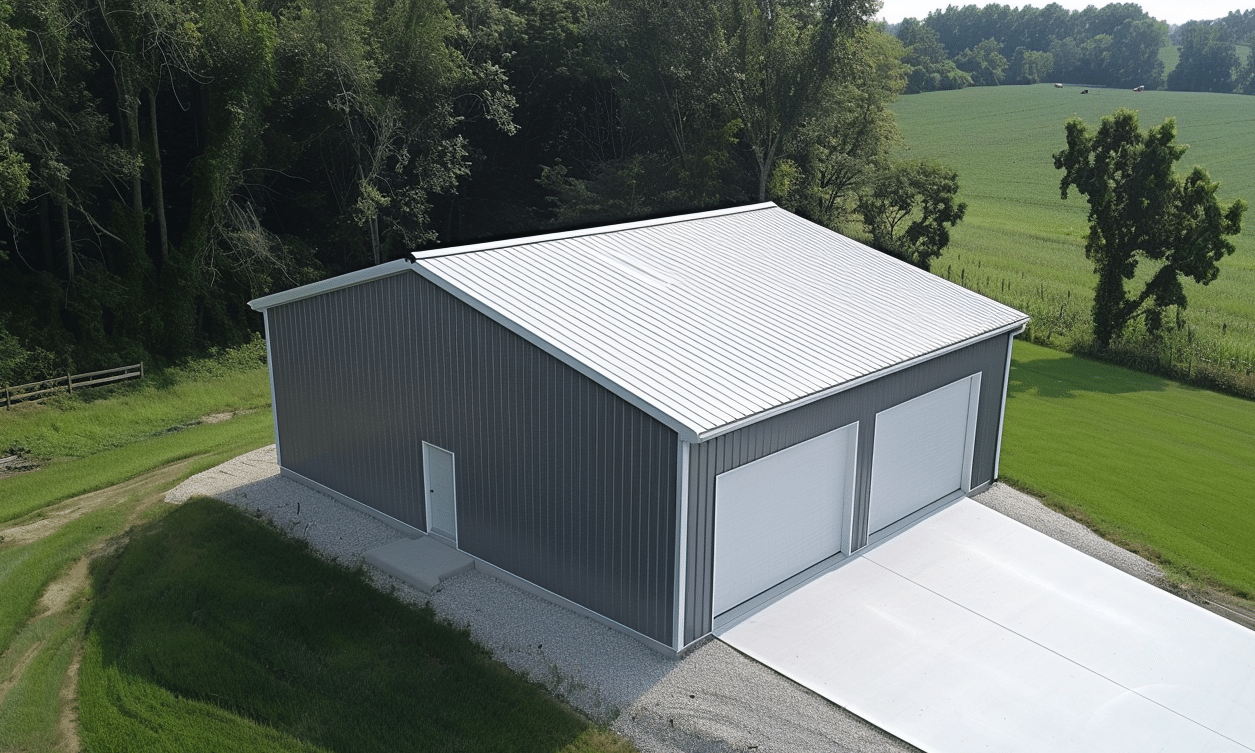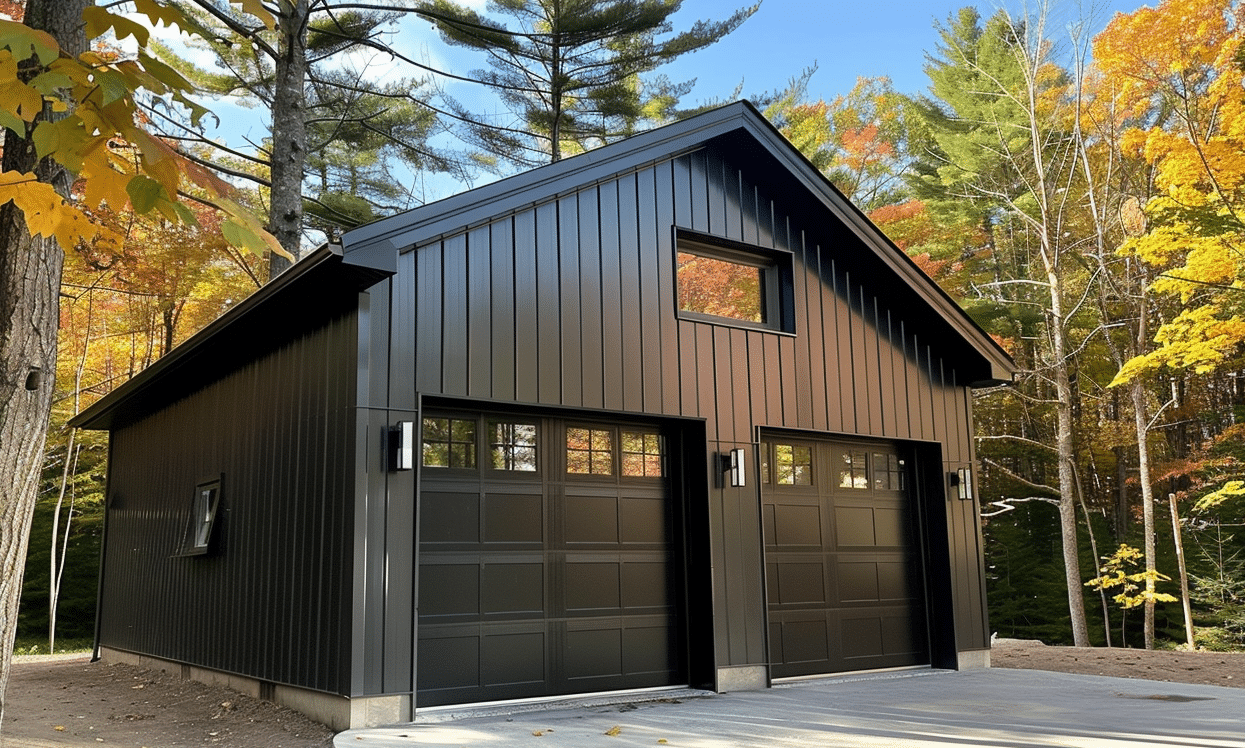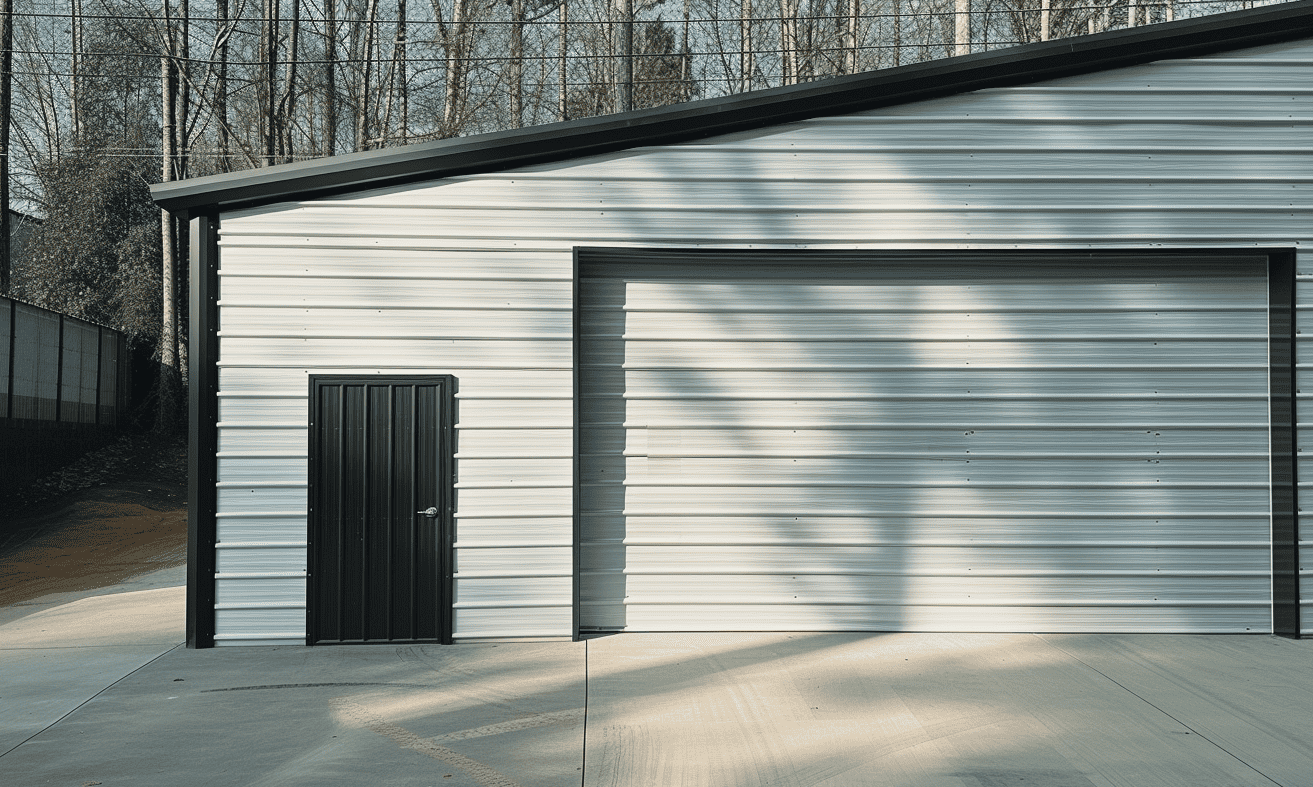In an era where energy conservation and sustainability aren’t mere buzzwords but fundamental necessities, passive house design emerges as a game-changer. This innovative approach elegantly marries form and function, revolutionizing how we think about energy-efficient living. Picture your home heated not by fossil fuels, but by the very sunlight streaming through its windows. Imagine walls that are more thermal guardians than mere boundaries. Intrigued yet? Let’s delve into the world of Passive House Design to understand why this concept is making waves in the realm of energy-efficient building design.
What is Passive House Design?
Passive house design is an epitome of meticulous planning and engineering, meant to achieve high levels of energy efficiency with a minimal environmental footprint. The principle is straightforward: reduce the need for additional heating and cooling by leveraging architectural strategies. Think super-insulated walls, airtight construction, and strategically oriented windows that maximize solar gain. These homes are not just buildings but ecosystems that harmonize with nature’s energy flows.
Contrary to popular misconception, passive housing doesn’t mean renouncing comfort. Quite the opposite, in fact! These homes maintain an indoor environment that is consistently comfortable, regardless of the raging blizzard or scorching sun outside. So, how is this level of efficiency achieved without sacrificing modern comforts?
The Core Principles
At the heart of passive house design lies a quintet of principles. Each plays a crucial role in crafting a home that feels like a warm embrace while sharply curtailing energy consumption:
1. **Superinsulation:** Think of your home clad in a snug thermal jacket. This principle ensures that the building retains heat proficiently, significantly reducing the need for artificial heating.
2. **Airtightness:** With fewer than 0.6 air changes per hour, passive homes are sealed tight as a drum. But don’t picture a musty space; advanced ventilation systems ensure fresh air circulates continually.
3. **Utilization of Solar Gain:** By calculating the sun’s path, passive homes exploit sunlight for warmth during winter while utilizing shading in the summer to maintain a cool interior.
4. **Energy-efficient Windows:** More than just panes of glass, these windows act as thermal borders, crafted from advanced materials to optimize energy retention.
5. **Ventilation System with Heat Recovery:** Picture a breath of fresh air infused with the comforting warmth of home. This system recovers heat from outgoing air, a remarkable feat of design efficiency.

The Benefits of Passive Housing
Beyond the obvious allure of slashing your energy bills, passive homes bring a suite of advantages. They’re whispers of the future, where architecture and sustainability share a duplex. Sound appealing? Here’s why:
Comfort and Well-being
Imagine an environment where temperature fluctuations are as rare as a solar eclipse. Passive homes provide unparalleled comfort levels, maintaining consistent temperatures year-round. With high air quality courtesy of the ventilation systems, your home becomes a sanctuary of well-being.
Environmental Impact
Passive house design embodies the ethos of ‘reduce, reuse, recycle.’ Its low energy consumption means fewer greenhouse gases, positioning you as a proactive participant in the battle against climate change. These homes harmonize with the environment rather than fight against it.
Cost-Effectiveness
Though the initial investment can be steep, passive homes are financial wisdom personified. Over time, the energy savings outweigh the initial costs, allowing you to enjoy the luxuries of modern living without breaking the bank. In many regions, financial incentives make this choice even more attractive.
Integrating Steel into Passive House Design
Incorporating steel into passive designs might seem like an unlikely marriage of materials, but it brings unexpected harmony. Steel is not just the realm of skyscrapers and industrial edifices. In fact, steel building design adds robustness and sustainability to residential spaces.
Why Steel?
Steel is synonymous with durability and flexibility, crucial traits for sustainable architecture. It can be recycled without loss of quality, fitting perfectly into the passive ethos. Moreover, its strength allows for innovative architectural expressions, fantastic news for creative homebuilders.

Pre-fabricated Options
Another exciting development is the rise of pre-fabricated buildings. These structures are not only convenient and time-efficient to erect but can be crafted with precision. A pre-fabricated steel building can be an excellent foundation for a passive house, offering both versatility and efficiency.
Conclusion: A Sustainable Future
Passive house design illustrates how the fusion of sustainability and innovation transcends functional to become aspirational. By integrating principles of energy conservation with ingenious materials like steel, we pave the way for homes that honor the earth without compromising on modernity. These residences embody the ultimate goal: a space that is self-sufficient, nurturing, and adaptable.
Whether you’re embarking on a new project or retrofitting an existing structure, passive house design offers a beacon of hope toward a greener, more sustainable future. As you ponder this possibility, remember that building isn’t just about brick and mortar; it’s about creating spaces where imaginations thrive and future generations thrive, too. Transform your dream home into a reality and join the movement toward net-zero energy buildings today!











